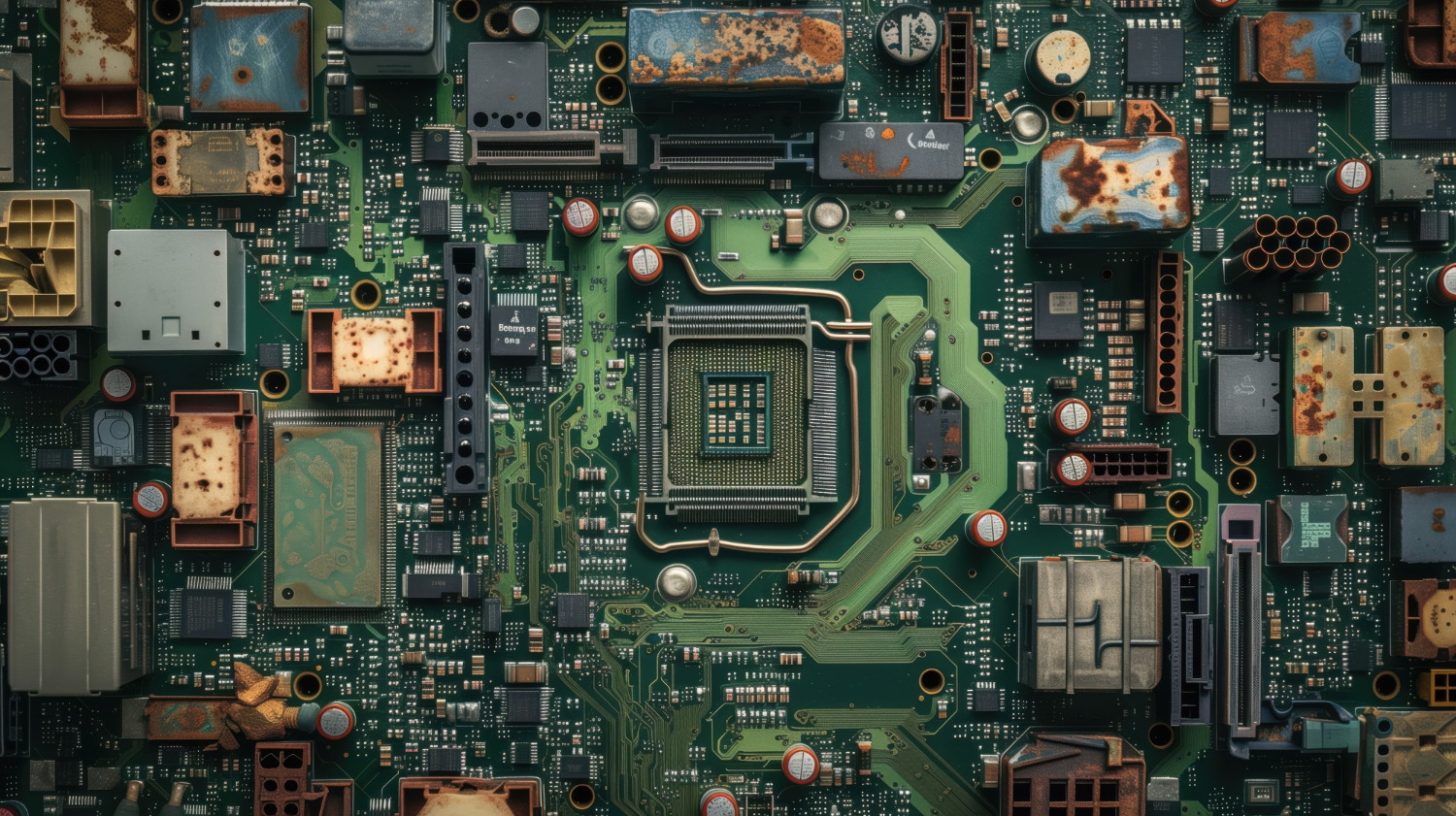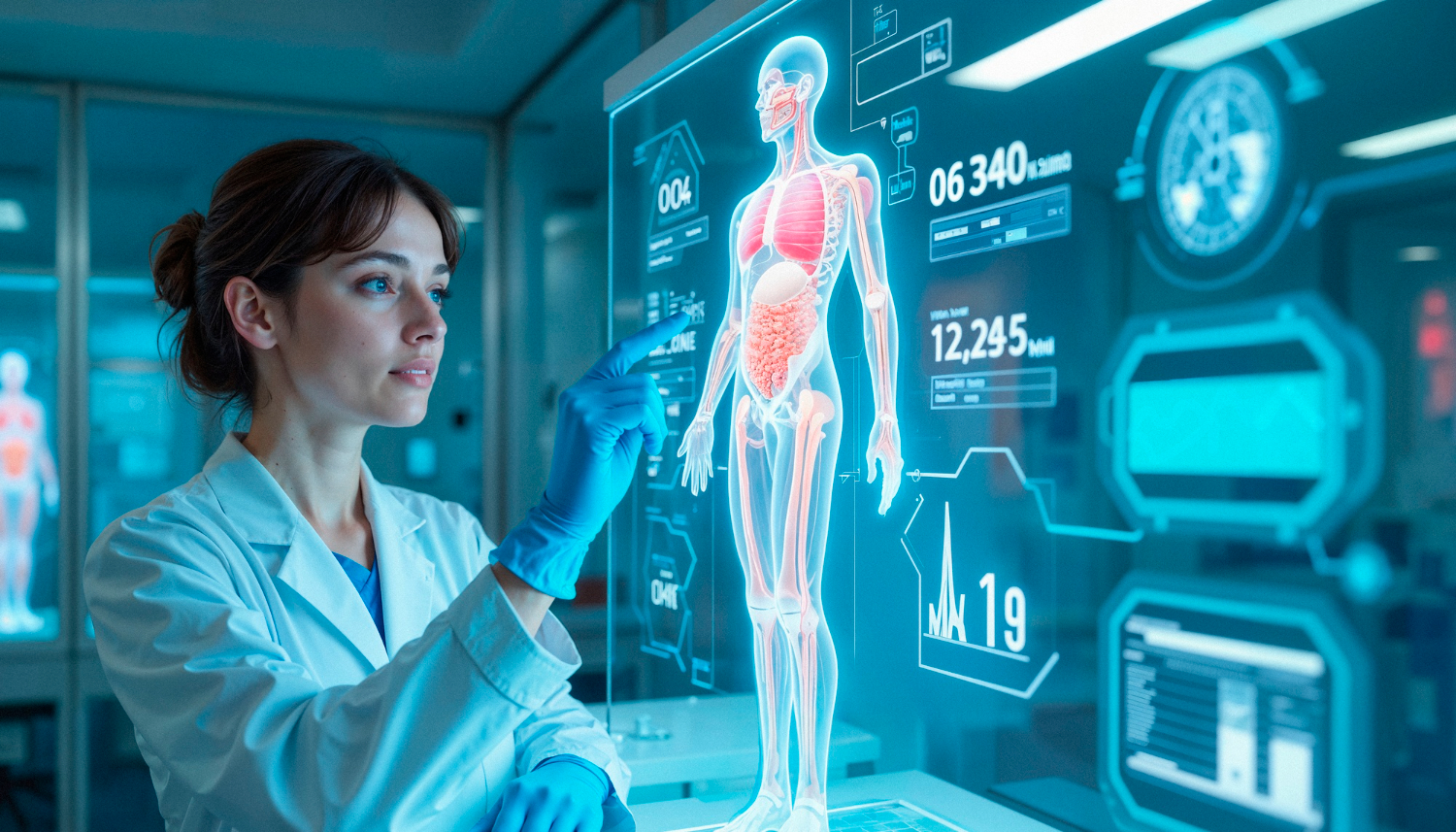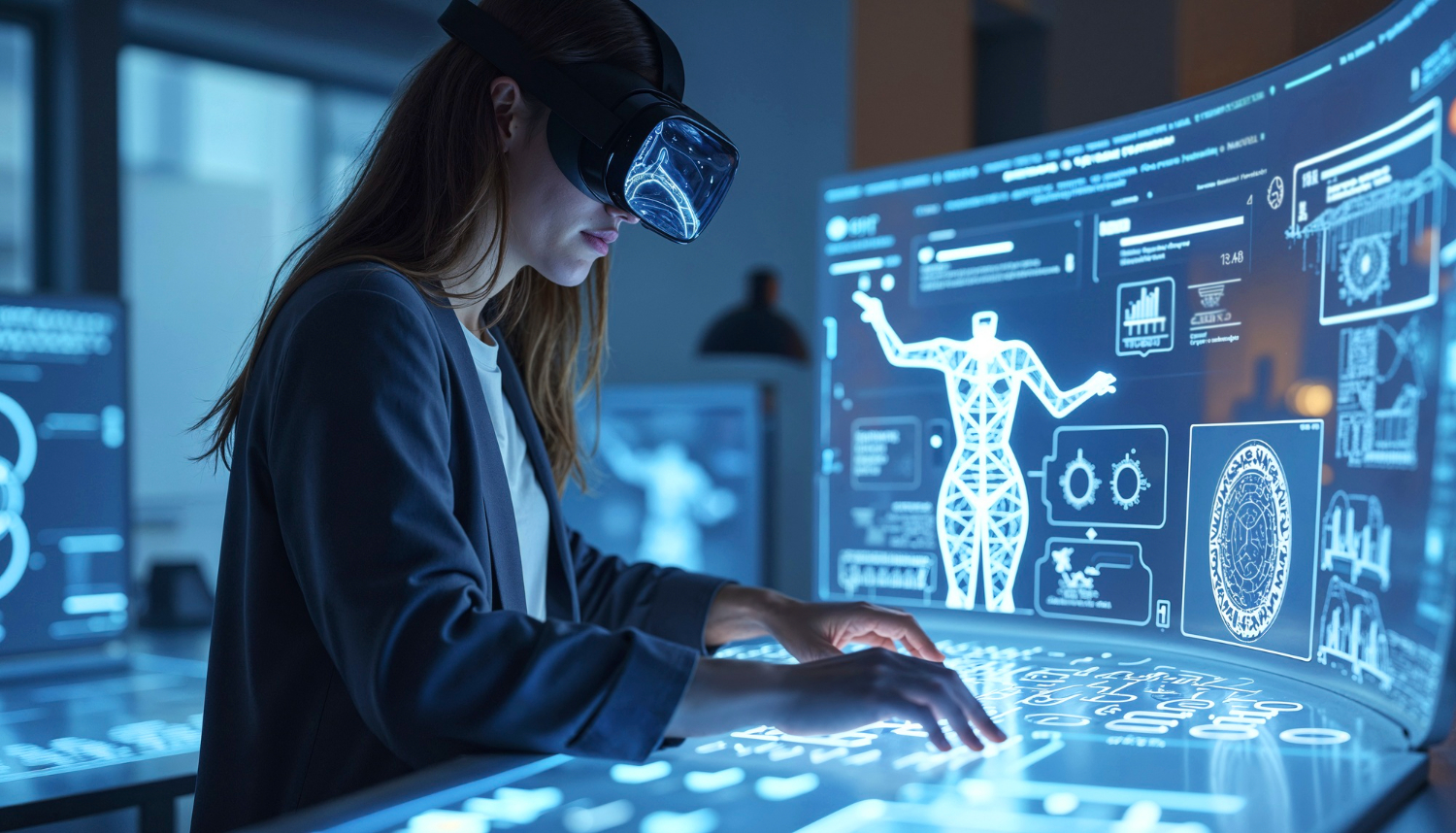Introduction
A GPU coding program is essential for optimising software to run on GPUs (Graphics Processing Units). GPUs allow fast processing for tasks like video rendering, scientific simulations, and machine learning. GPU programming is different from traditional CPU programming because it involves parallel processing, letting thousands of tasks run at once.
As a result, it’s faster and more efficient for complex computing. TechnoLynx provides the tools and expertise needed to help users and businesses learn GPU programming, make it more accessible, and develop high-performance software.
What Is GPU Programming?
GPU programming refers to writing code specifically designed to run on GPUs. Unlike CPUs, which process tasks in sequence, GPUs excel at performing multiple tasks simultaneously, making them perfect for handling large amounts of data and complex calculations. A GPU coding program lets developers take advantage of these capabilities, enabling everything from 3D graphics to machine learning to run faster.
For example, scientific researchers use GPU programming to speed up data analysis, while game developers use it to make realistic graphics. TechnoLynx offers a range of resources and services to help users create efficient GPU code, making it easier to handle data-heavy applications.
Popular Programming Languages for GPU Coding
Several programming languages are tailored for GPU coding. Here’s an overview of the most popular ones:
CUDA
CUDA (Compute Unified Device Architecture) is a programming model developed by NVIDIA. It’s the most common choice for developers working with NVIDIA GPUs. CUDA allows for direct control of GPU cores, making it ideal for tasks requiring high performance, such as deep learning or 3D rendering. TechnoLynx supports CUDA programming, offering tutorials and support to guide users.
OpenCL
OpenCL (Open Computing Language) is an open standard for writing GPU and CPU code. It works across different hardware, including NVIDIA, AMD, and Intel GPUs. OpenCL is widely used in fields where cross-platform support is important, such as scientific research and multimedia applications. TechnoLynx offers resources to help users become familiar with OpenCL and integrate it with other software projects.
Metal
Metal is Apple’s framework for GPU programming on macOS and iOS. It’s designed for performance and efficiency, often used in games and high-quality graphics applications. If you’re working within Apple’s ecosystem, Metal provides optimised tools for GPU programming.
Vulkan
Vulkan is a cross-platform API that supports GPU coding across different devices. It’s popular in game development and real-time rendering for its low-level control, giving developers direct access to GPU resources.
Python
Python is gaining popularity in GPU programming due to libraries like TensorFlow and PyTorch, which allow GPU acceleration for machine learning. Python, while not traditionally a GPU language, provides accessible options for beginners who want to work with GPUs.
TechnoLynx offers resources across these programming languages, helping users choose the best language for their needs and providing guidance to get started.
Why Use GPU Coding Programs?
A GPU coding program opens doors to faster data processing, better graphics, and quicker computations. It is crucial in fields like artificial intelligence, 3D graphics, and scientific research, where time and efficiency matter. Here are a few reasons why developers choose GPU programming:
-
Speed: GPUs process tasks in parallel, speeding up computation.
-
High Performance: GPUs handle large amounts of data effectively.
-
Real-Time Processing: Many applications, like virtual reality, require real-time performance, which GPUs excel at.
-
Reduced Costs: Faster processing means shorter time to complete tasks, which can lower costs in data-heavy industries.
The Benefits of Using GPU Programming in Different Industries
Gaming
GPUs are essential in gaming, providing realistic graphics and smooth gameplay. Game developers use GPU programming to create advanced visuals, simulate physics, and reduce rendering times.
Machine Learning and AI
Machine learning requires processing large data sets and training models. GPU programming speeds up these processes, making AI projects more feasible. GPUs allow AI researchers to test algorithms quickly and handle complex models that require massive computing power.
Scientific Research
Fields like climate science, astrophysics, and bioinformatics use GPUs to handle data-heavy computations. GPU coding allows researchers to run simulations and analyse large datasets in real time.
Media and Entertainment
In visual effects and animation, GPU programming enables detailed rendering, video processing, and real-time editing, helping artists and animators produce high-quality content.
Healthcare
GPU programming assists in medical imaging, drug discovery, and patient data analysis, speeding up diagnostics and research.
How GPU Programming Works
In GPU programming, developers write code that tells the GPU how to handle data in parallel. Programs divide large tasks into smaller ones, allowing the GPU to process multiple tasks at once. For example, in image processing, a GPU can analyse different parts of an image simultaneously, making it faster than a CPU.
GPU programming uses a concept called “kernels,” small functions that run across all GPU cores. The program sends these kernels to each core, which performs a small part of the task. After all kernels complete their tasks, the GPU combines the results and sends them back to the computer. TechnoLynx’s solutions in GPU programming covers kernel creation and optimisation, helping developers build high-performance code.
How TechnoLynx Supports GPU Coding Programs
TechnoLynx provides resources, guidance, and tools to make GPU programming accessible to everyone, from beginners to experts. Here’s how TechnoLynx can help:
Consulting Services
Our consulting services are here to help with project-specific needs. Whether you’re working on a machine learning model or a gaming project, TechnoLynx can provide expertise to optimise your GPU code.
Open-Source Tools
We provide open-source tools that simplify GPU coding and make it accessible to new developers. TechnoLynx’s tools include libraries, frameworks, and templates, allowing users to build efficient GPU programs without starting from scratch.
Ongoing Support
TechnoLynx offers support for developers at every stage of their projects, from code optimisation to debugging. Our experts are available to answer questions and provide feedback.
Choosing the Right GPU Coding Program for Your Project
Selecting the right GPU coding program depends on your project requirements. If you’re working with NVIDIA GPUs, CUDA may be the best choice. If you need cross-platform support, OpenCL might be more suitable.
For Apple products, Metal provides optimised performance. And if you’re new to GPU programming, starting with Python libraries like TensorFlow and PyTorch can make things easier.
Getting Started with GPU Programming
Beginning with GPU programming might seem overwhelming, but TechnoLynx makes it simple. Start by understanding your hardware’s capabilities and choosing a language that works for your needs.
From there, experiment with different tasks, like image processing or machine learning, and see the speed improvements. TechnoLynx’s support team is here to help, whether you need guidance or troubleshooting.
Conclusion
A GPU coding program lets developers create high-performance applications for gaming, AI, scientific research, and more. GPU programming uses the parallel processing power of GPUs to speed up tasks, reduce costs, and improve performance in various industries. TechnoLynx provides solutions, tools, and support to make GPU programming accessible to all, helping users tap into the benefits of this powerful technology. Whether you’re a beginner or an experienced developer, TechnoLynx has the resources to help you succeed in GPU programming.
By making GPU coding accessible, TechnoLynx supports innovation and efficiency, enabling developers and businesses to achieve more with their applications.
Continue reading: How to use GPU Programming in Machine Learning?
Check out our GPU Services here for more information!
Image credits: Freepik













